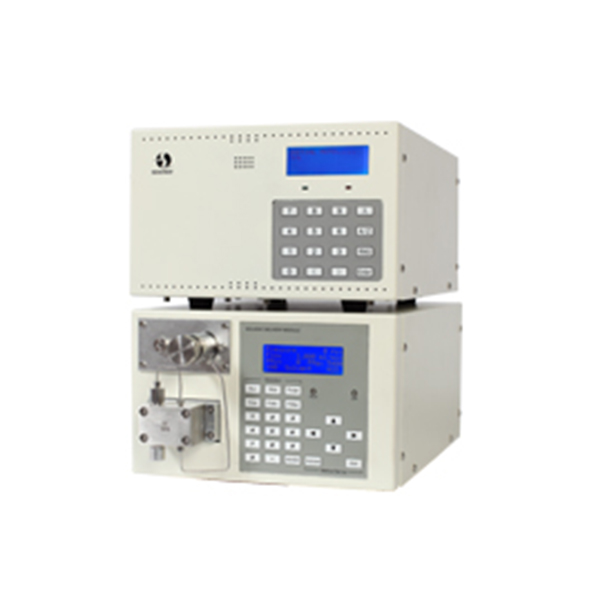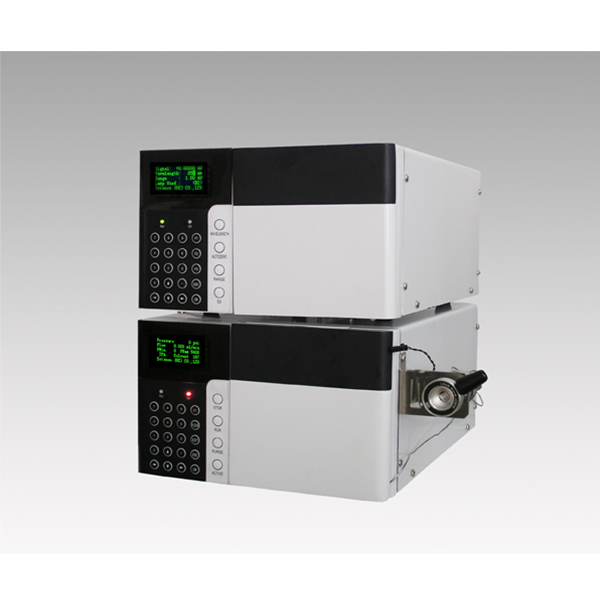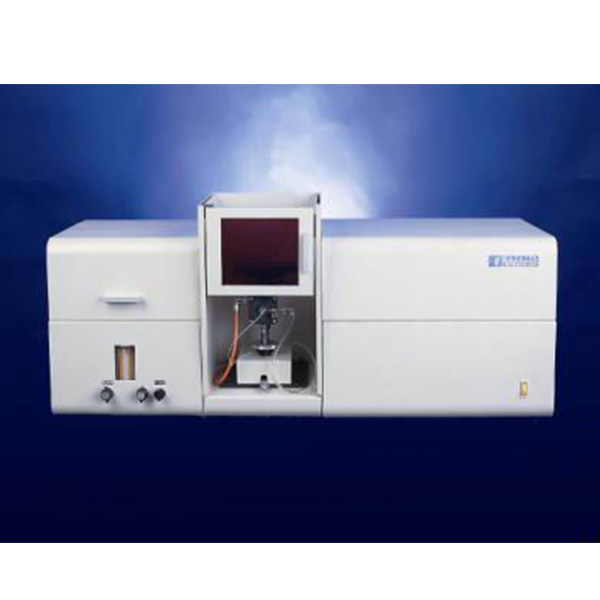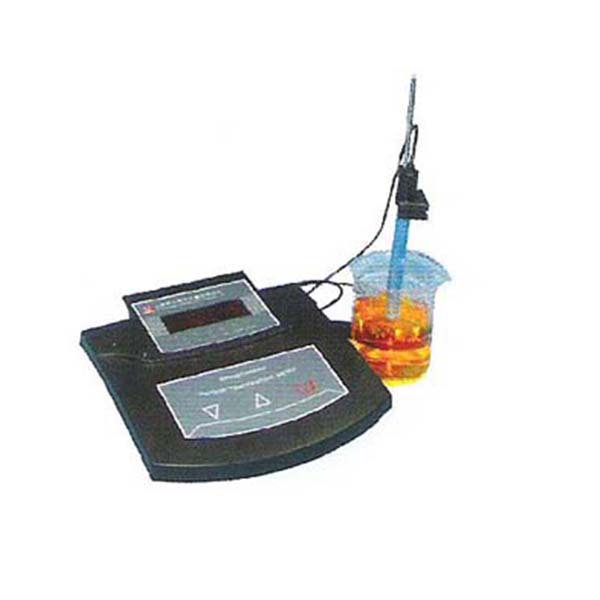产品特点
空气动力学粒径谱仪TSI3321
1.空气动力学原理(飞行时间)
2.同时提供两种粒径数据 (空气动力学粒径和光散射强度)
3.分辨率高
3.准确度和稳定性高

技术参数
空气动力学粒径谱仪TSI3321
| 检测技术 | 使用单独的高速处理器在加速气流中检测单颗粒的飞行时间 |
| 粒径范围 | 0.5~20μm(空气动力直径) 0.37~20μm(光散射直径) |
| 空气动力学直径解析率 | 0.02μm(1μm),0.03μm(10μm) |
| 分辨率 | 粒径分辨率:32通道/10倍粒径,52通道,非相关模式1024位原始飞行
时间数据(4ns/位) |
| 检测粒子种类 | 悬浮的颗粒物和不挥发性液体 |
| 大颗粒物检测浓度 | 1000个/cm3在0.5μm时,重叠事件发生概率<5% 1000个/cm3在10μm时,重叠事件发生概率<10% 可用数据上限为10000个/cm3 |
| 小颗粒物检测浓度 | 0.001个/cm3 |
| 浓度量程 | ±10%读数值加上统计计数偏差 |
| 空气动力学粒径 大速度 | >200,000个/s |
| 总采样流量 | 5.0L/min |
| 鞘气流量 | 4.0L/min |
| 样气流量 | 1.0L/min |
| 操作温度 | 10~40℃ |
| 大气压力校正 | 在400到1030mbar内自动校正(在700到1030mbar内完全校正) |
| 激光源 | 30mV,655nm二极管激光器 |
| 检测器 | 雪崩式光电倍增管(APD) |
| 前显示面板 | 320×240象素 |
| 工作温度 | 10~40℃ |
| 工作湿度 | 10~90% |
| 电源电压 | 110~240VAC,50/60Hz,100W或24VDC |
| 通讯方式 | RS~232(9针)接口 |
| 输出方式 | 数字I/O: 配置模拟输出:BNC(0~10V) 脉冲模拟输出:BNC 飞行时间数字输出:BNC外置控制器用15针接口(3个输入/3个输出)2个模拟输入接口 |
| 外形尺寸 | 气溶胶进样口:外径3/4英寸 机箱尺寸(LWH):38cm×30cm×18cm |
| 重量 | 10kg |
应用领域
空气动力学粒径谱仪TSI3321
- 吸入毒理学
- 吸入式制剂研究
- 大气研究
- 环境空气监测
- 室内空气质量监测
- 滤料和空气清洁器测试
- 测试气溶胶特性
- 粉尘粒径检测
The only way to determine a particle’s true airborne behavior is to measure its aerodynamic diameter.
Aerodynamic measurements account for differences in particle size, shape, and density. This is crucial when determining if a particle will penetrate a filter, be removed by a cyclone, or be deposited in the lung. The Aerodynamic Particle Sizer (APS™) spectrometer has been used successfully for over 20 years in laboratory and field applications to provide high-resolution, real time aerodynamic measurements in the range from 0.5 to 20 μm. Our latest models also measure light-scattering intensity in the equivalent optical size range of 0.37 to 20 μm. By providing paired
data for each particle, the APS opens up exciting new possibilities for aerosol scientists interested in studying the makeup of an aerosol.
The Model 3321 APS spectrometer uses a patented, double-crest optical system for unmatched sizing accuracy. It also includes a redesigned nozzle configuration and improved signal processing.
The result is greater small-particle sizing efficiency, improved accuracy of mass-weighted distributions, and near elimination of false background counts. The Aerosol Instrument Manager®
software provides advanced data-handling capabilities.








